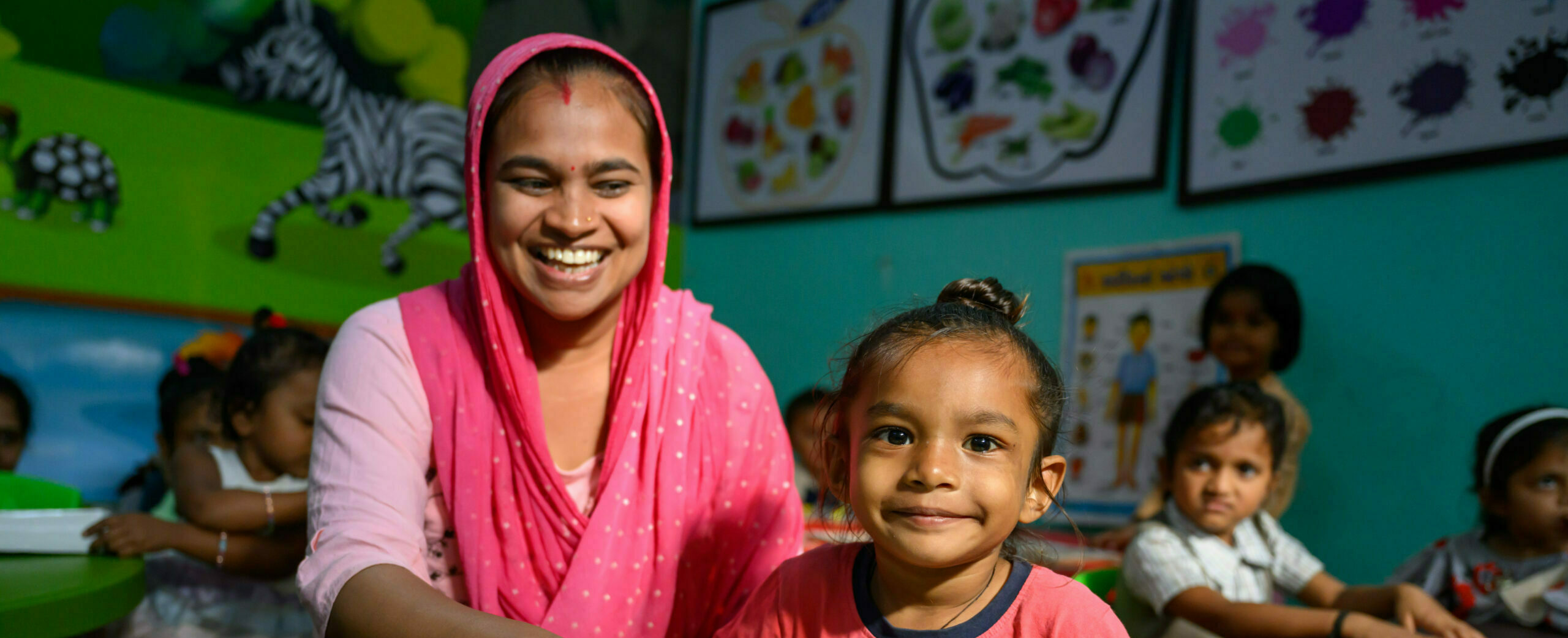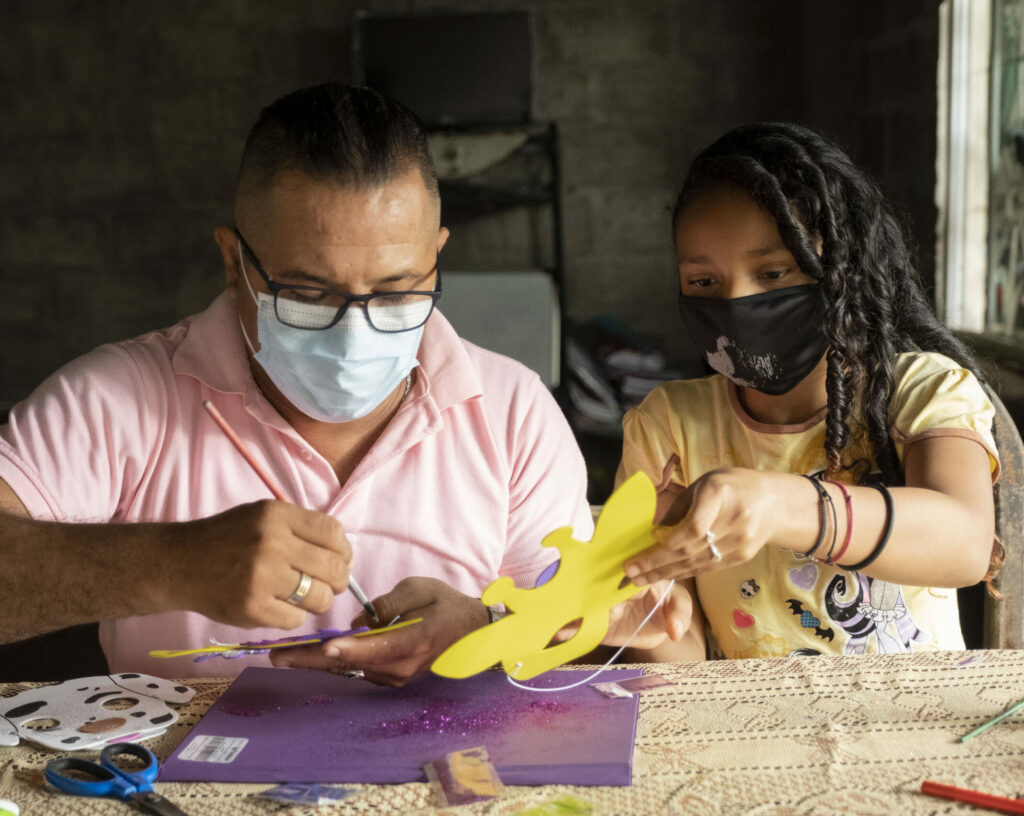Who is the Social Service Workforce?
Home » Social Service Workforce » Defining the Workforce

The social service workforce includes a wide range of professionals, paraprofessionals and volunteers, who are in both paid and unpaid, governmental and nongovernmental roles. Together they work to ensure the well-being of children, youth, adults, older persons, families and communities.
The social service workforce provides preventative, responsive and promotive services that alleviate poverty, challenge and reduce discrimination, promote social justice and human rights, and prevent and respond to violence, abuse, exploitation, neglect and family separation.
Formal definition of the social service workforce
The Alliance’s formal definition of the workforce is:
The social service workforce is an inclusive concept referring to a broad range of governmental and nongovernmental professionals and paraprofessionals who work with children, youth, adults, older persons, families and communities to ensure healthy development and well-being. The social service workforce focuses on preventative, responsive and promotive services that are informed by the humanities and social sciences, indigenous knowledges, discipline-specific and interdisciplinary knowledge and skills, and ethical principles. Social service workers engage people, structures and organizations to: facilitate access to needed services, alleviate poverty, challenge and reduce discrimination, promote social justice and human rights, and prevent and respond to violence, abuse, exploitation, neglect and family separation.
Click here to access our briefing paper with additional information on the roles, titles and diversity of the social service workforce.


Roles within the social service workforce
The social service workforce includes a broad array of practitioners, researchers, managers and educators. Specific roles include, but are not limited to: social workers, social educators, social pedagogues, child care workers, youth workers, child and youth care workers, community development workers/community liaison officers, community workers, welfare officers, social/cultural animators and case managers. While social work and social pedagogy are quite dominant in the sector, other categories of professionals and paraprofessionals have evolved over time and make invaluable contributions to ensuring human well-being and development.
Click here to access our collection of worker profiles, showcasing the various tasks and roles of social service workers.
At the heart of the village is the social service workforce
Watch the video below to learn more about the importance of and diversity within the social service workforce:


